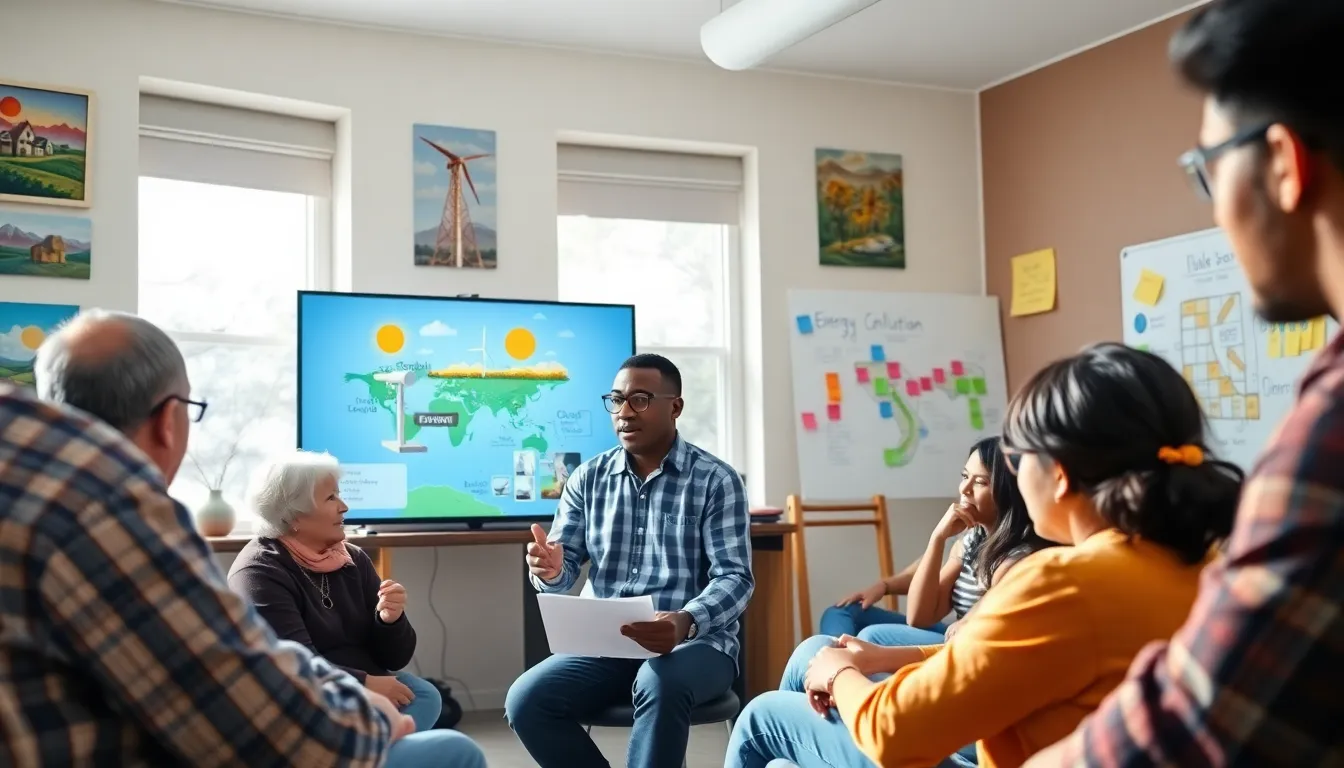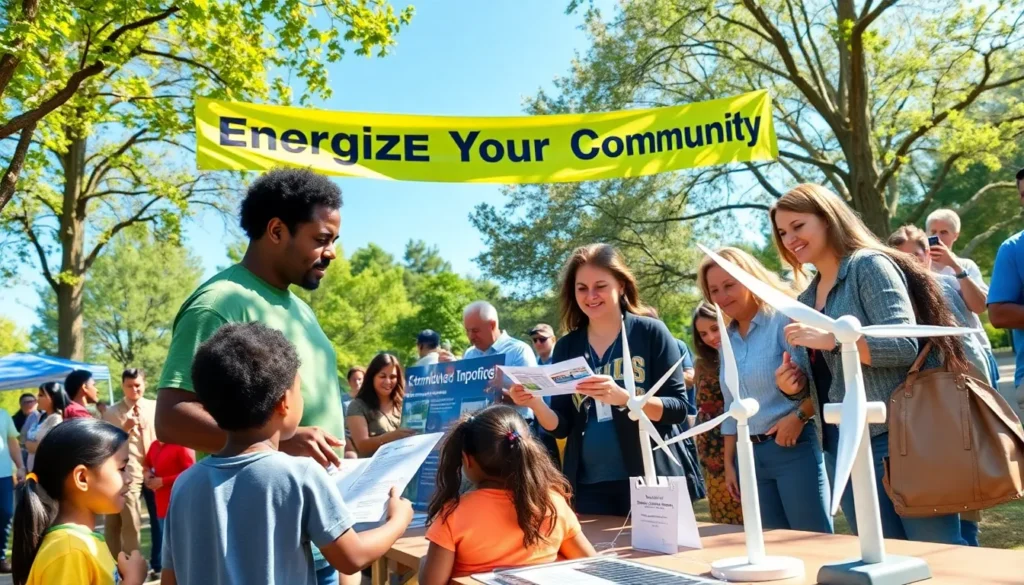Table of Contents
ToggleIn today’s rapidly changing world, the concept of community energy has gained unprecedented significance. The push for sustainable and efficient energy solutions is not just a trend: it is a transformative move towards securing a brighter future for local communities. By understanding community energy needs and implementing innovative strategies, towns and cities can truly harness their potential. This article explores how local energy initiatives can energize communities, while also examining successful case studies and providing actionable insights on engaging community members in the process.
Understanding Community Energy Needs

To effectively energize a community, it’s crucial to first understand its unique energy needs. Each community is distinct, influenced by factors such as population size, economic activities, and geographical characteristics. Energy consumption patterns differ significantly between urban and rural areas, which necessitates a tailored approach to energy solutions.
Communities often face challenges such as energy poverty, where households cannot afford essential energy services, leading to a cycle of disadvantage. Also, many regions have diverse energy sources available, from solar to wind and hydroelectric, yet may lack the infrastructure to tap into these resources efficiently. Conducting thorough assessments and engaging with local stakeholders helps identify energy needs, allowing for the development of bespoke energy solutions that serve the entire community.
The Importance of Local Energy Solutions
Local energy solutions are essential for several reasons. First, they foster energy independence, reducing reliance on external sources and enhancing resilience against price fluctuations and supply disruptions. Second, local solutions often lead to lower energy costs. By investing in renewable energy projects, communities can significantly reduce their electricity bills, redirecting funds into local economies.
Besides, deploying locally-sourced energy solutions can create jobs, which is vital for economic stability. Energy installation projects often require a skilled workforce, so providing employment opportunities for community members. In terms of environmental impact, local solutions, which typically favor renewable resources, can significantly reduce a community’s carbon footprint, contributing to global efforts against climate change.
Innovative Strategies for Community Energy Initiatives
Successful community energy initiatives often stem from innovative strategies that promote collaboration and harness local resources. One effective approach is the establishment of community energy cooperatives. These cooperatives empower members to invest directly in local renewable energy projects, democratizing energy production and sharing profits.
Another strategy is integrating energy efficiency programs with educational initiatives. By hosting workshops and informational campaigns, communities can educate residents about energy-saving practices, driving engagement and participation. Utilizing modern technology, such as energy management systems, allows communities to track energy usage and optimize consumption. Also, incentive programs, such as government rebates for solar panel installations, further encourage residents to adopt renewable energy solutions.
Case Studies: Successful Community Energy Projects
Examining successful case studies provides invaluable insights into effective community energy projects. One notable example is the Solarize program in Portland, Oregon. This initiative encourages residential solar energy adoption through group purchasing, making solar energy more accessible and affordable. As a result, it has led to significant increases in solar installations across the city.
Another inspiring case is the community wind project in the town of Hull, Massachusetts. Hull Wind 1, a municipal wind turbine, has allowed the town to produce much of its electricity independently, cutting energy costs and providing clean energy. Such success stories demonstrate that community-centered energy projects can achieve sustainable results, both economically and environmentally.
Engaging Community Members in Energy Programs
Engagement is a cornerstone of successful community energy programs. To effectively involve community members, energy programs should prioritize transparency and inclusivity. Holding public meetings to discuss energy needs and gather feedback fosters a sense of ownership among residents.
Using social media and local events to raise awareness about energy initiatives also helps to promote participation. Informational campaigns showcasing the benefits of energy efficiency and renewable sources can inspire community members to take action, whether it’s participating in a solar group buy or enrolling in energy-saving programs. Incentivizing participation through rewards or recognition can further drive community involvement.
Overcoming Challenges in Community Energy Implementation
While the benefits of community energy solutions are clear, various challenges may arise during implementation. Securing funding often proves to be a significant hurdle, as many projects rely on external grants or local government support. Exploring diverse funding sources, including private investments or crowdfunding, can alleviate this issue.
Also, regulatory barriers may impede the advancement of local energy projects. Navigating complex regulations requires collaboration with local authorities to find mutually beneficial solutions. Finally, combating apathy among community members can be challenging. Continuous education and showcasing tangible outcomes from successful initiatives can help maintain interest and investment in community energy projects.
Conclusion
Empowering communities through local energy solutions is not only beneficial: it is imperative for sustainable development. By understanding specific energy needs and fostering community engagement, towns and neighborhoods can successfully carry out efficient energy initiatives. The innovative strategies and successful examples discussed illustrate that energizing a community is achievable when collaboration and commitment are prioritized. As we look to the future, it’s essential for communities to come together to harness their collective power, creating a vibrant and sustainable energy landscape.





